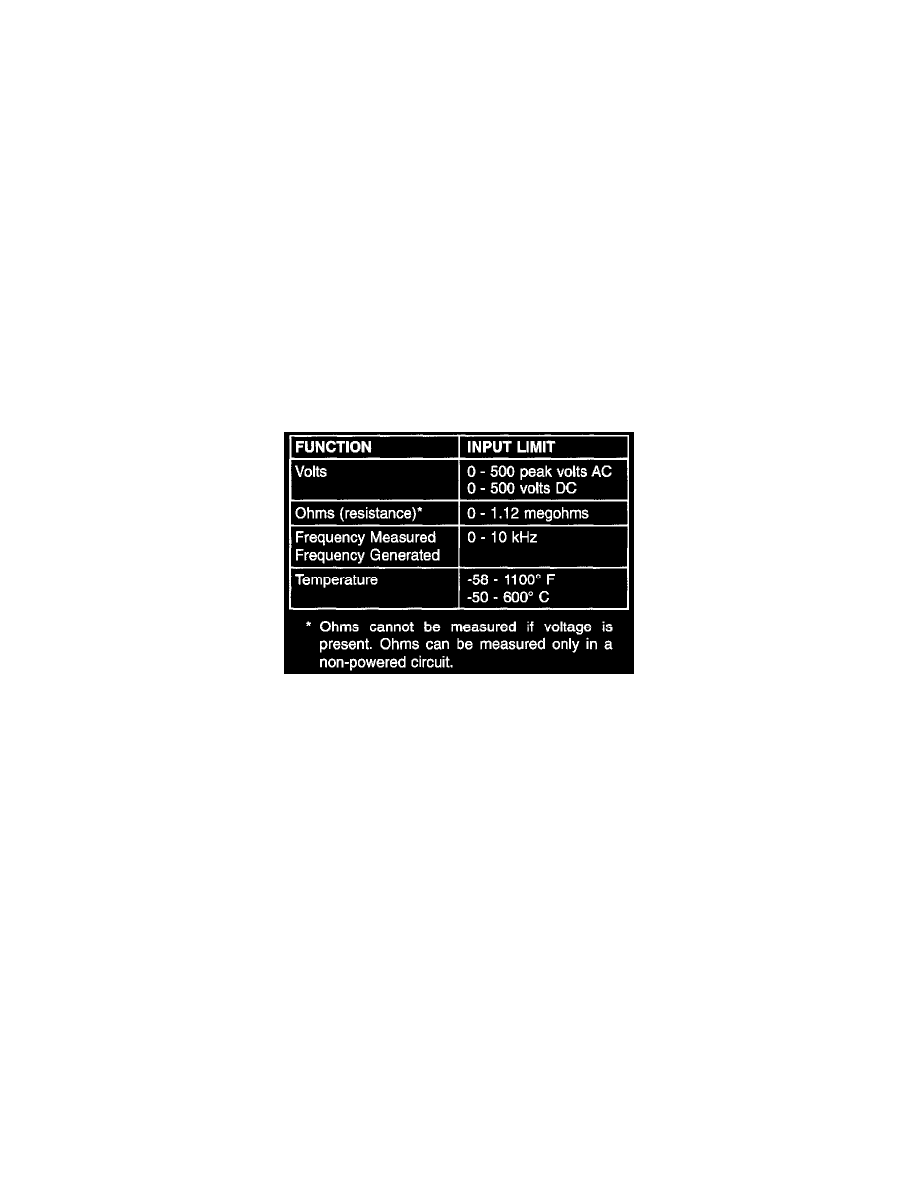Stratus V6-2.5L VIN H (1997)

Body Control Module: Technician Safety Information
Technician Safety Information
WARNING: Engines produce carbon monoxide that is odorless, causes slower reaction time, and can lead to serious injury. When the engine is
operating, keep service areas WELL VENTILATED or attach the vehicle exhaust system to the shop exhaust removal system.
Set the parking brake and block the wheels before testing or repairing the vehicle. It is especially important to block the wheels on front-wheel
drive vehicles; the parking brake does not hold the drive wheels.
When servicing a vehicle, always wear eye protection, and remove any metal jewelry such as watchbands or bracelets that might make an
inadvertent electrical contact.
When diagnosing a body system problem, it is important to follow approved procedures where applicable. Following these procedures is very
important to the safety of individuals performing diagnostic tests.
SERVICING SUB-ASSEMBLIES
Some components of the body system are intended to be serviced in assembly only. Attempting to remove or repair certain system sub-components
may result in personal injury and/or improper system operation. Only those components with approved Service and Repair procedures in this
database should be serviced.
DRBIII Scantool Safety Information
DRBIII SAFETY INFORMATION
WARNING: Exceeding the limits of the DRB multimeter is dangerous. It can expose you to serious or possibly fatal injury. Carefully read and
understand the cautions and the specification limits.
-
Follow the vehicle manufacturer's service specifications at all times.
-
Do not use the DRB if it has been damaged.
-
Do not use the test leads if the insulation is damaged or if metal is exposed.
-
To avoid electrical shock, do not touch the test leads, tips, or the circuit being tested.
-
Choose the proper range and function for the measurement. Do not try voltage or current measurements that may exceed the rated capacity.
-
Do not exceed the limits shown in the table above.
-
Voltage between any terminal and ground must not exceed 500v DC or 500v peak AC.
-
Use caution when measuring voltage above 25v DC or 25v AC.
-
The circuit being tested must be protected by a 10A fuse or circuit breaker
-
Use the low current shunt to measure circuits up to 10A. Use the high current clamp to measure circuits exceeding 10A.
-
When testing for the presence of voltage or current, make sure the meter is functioning correctly. Take a reading of a known voltage or current
before accepting a zero reading.
-
When measuring current, connect the meter in series with the load.
-
Disconnect the live test lead before disconnecting the common test lead.
-
When using the meter function, keep the DRB away from spark plug or coil wires to avoid measuring error from outside interference.
